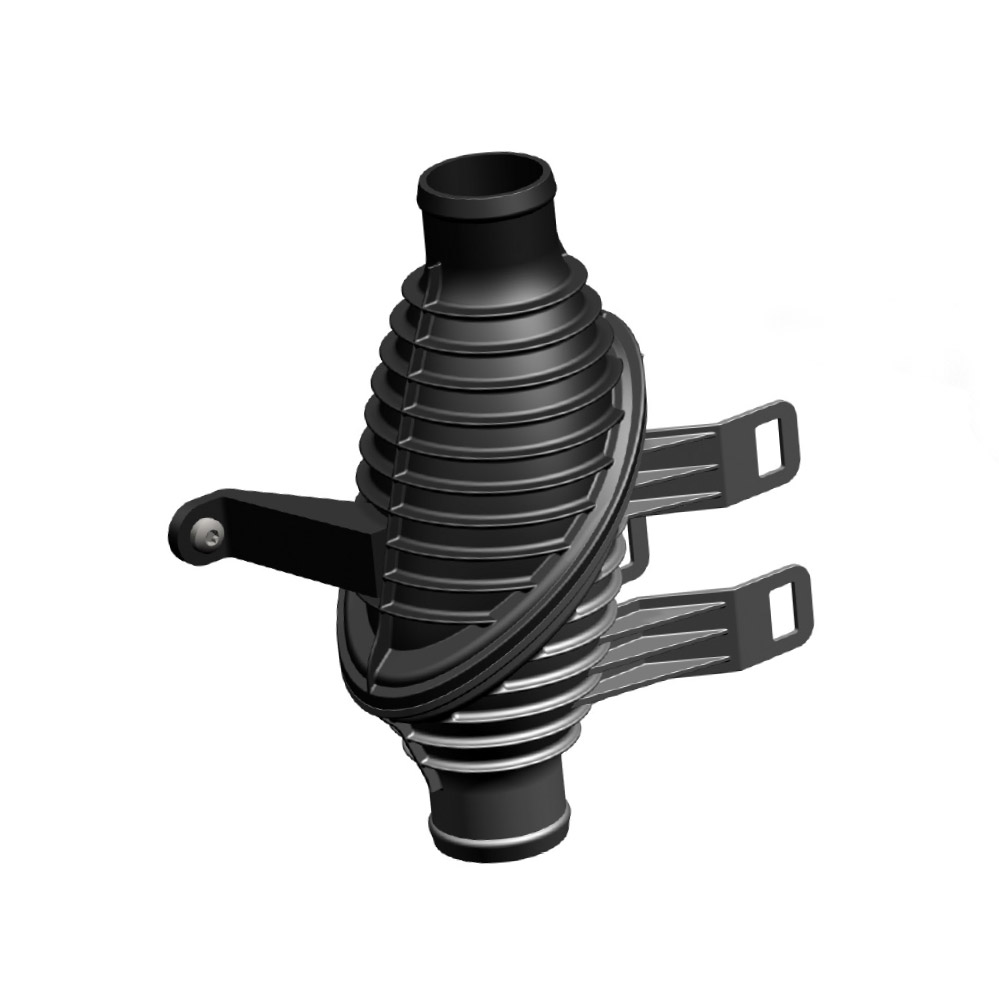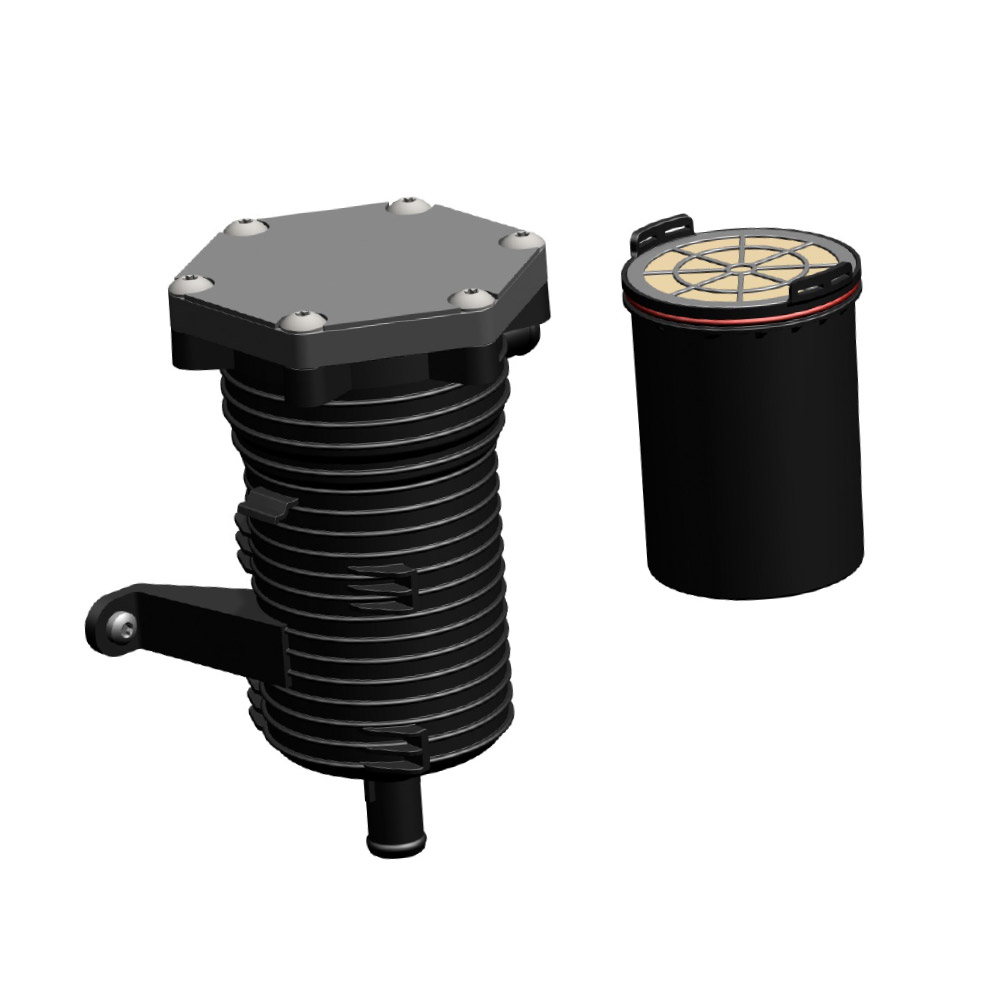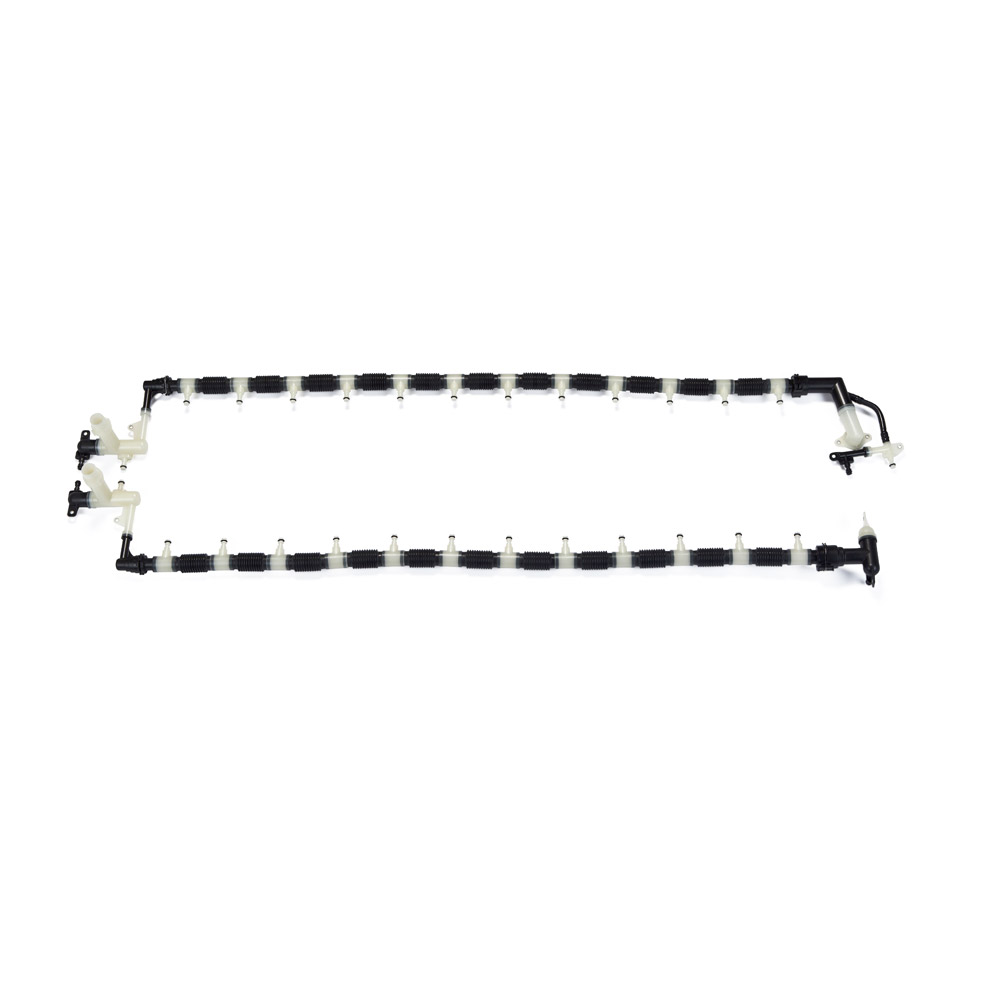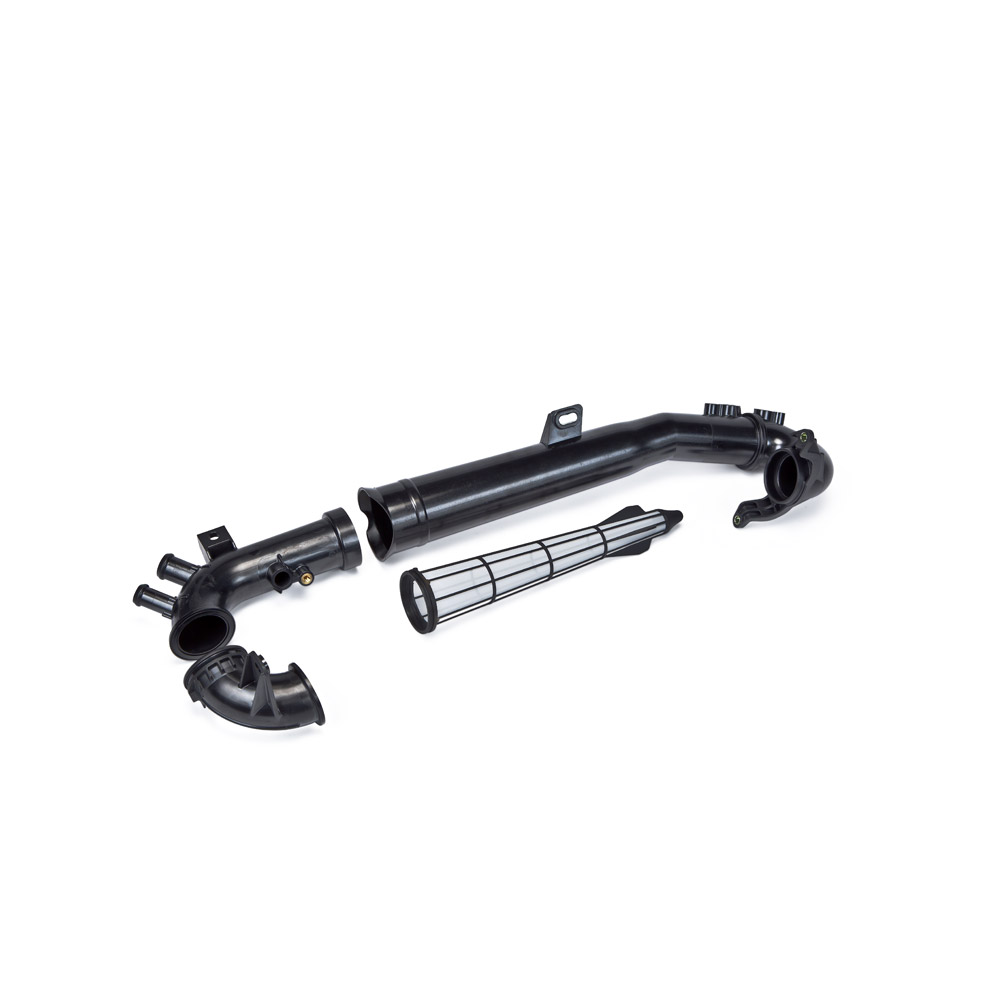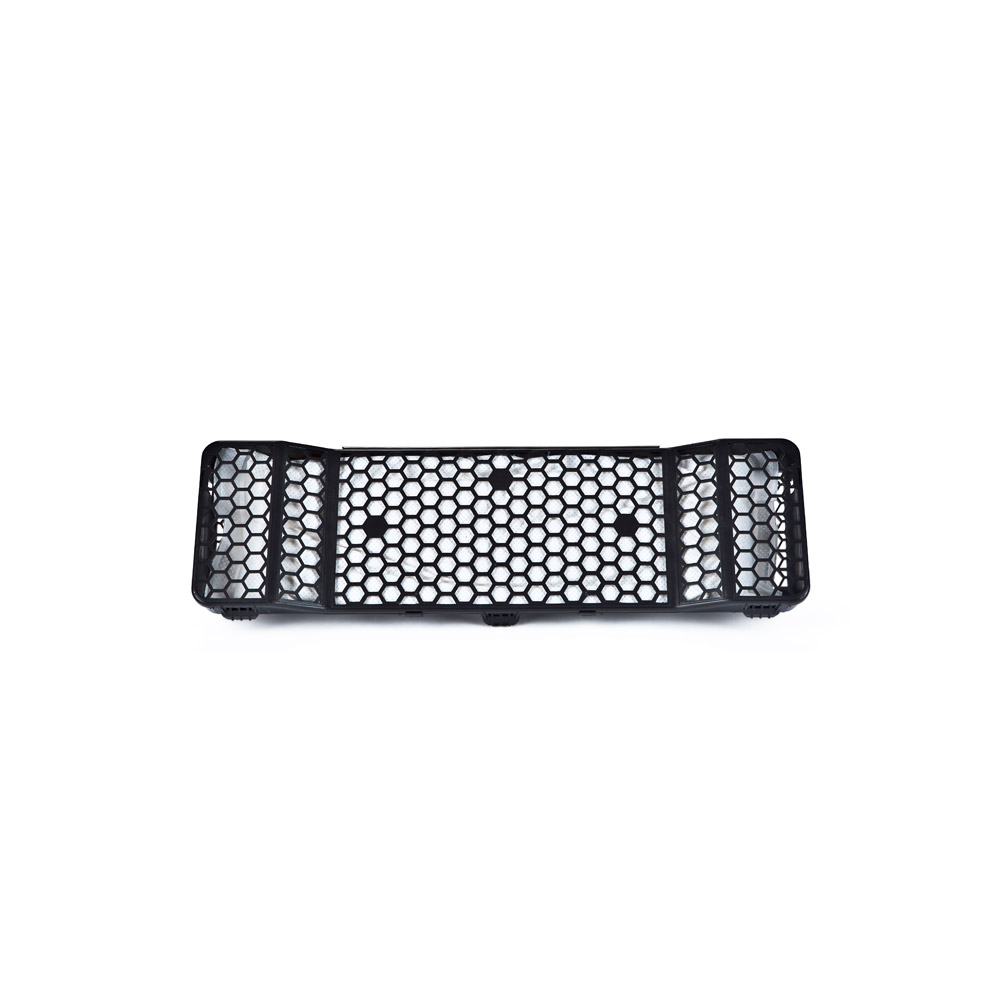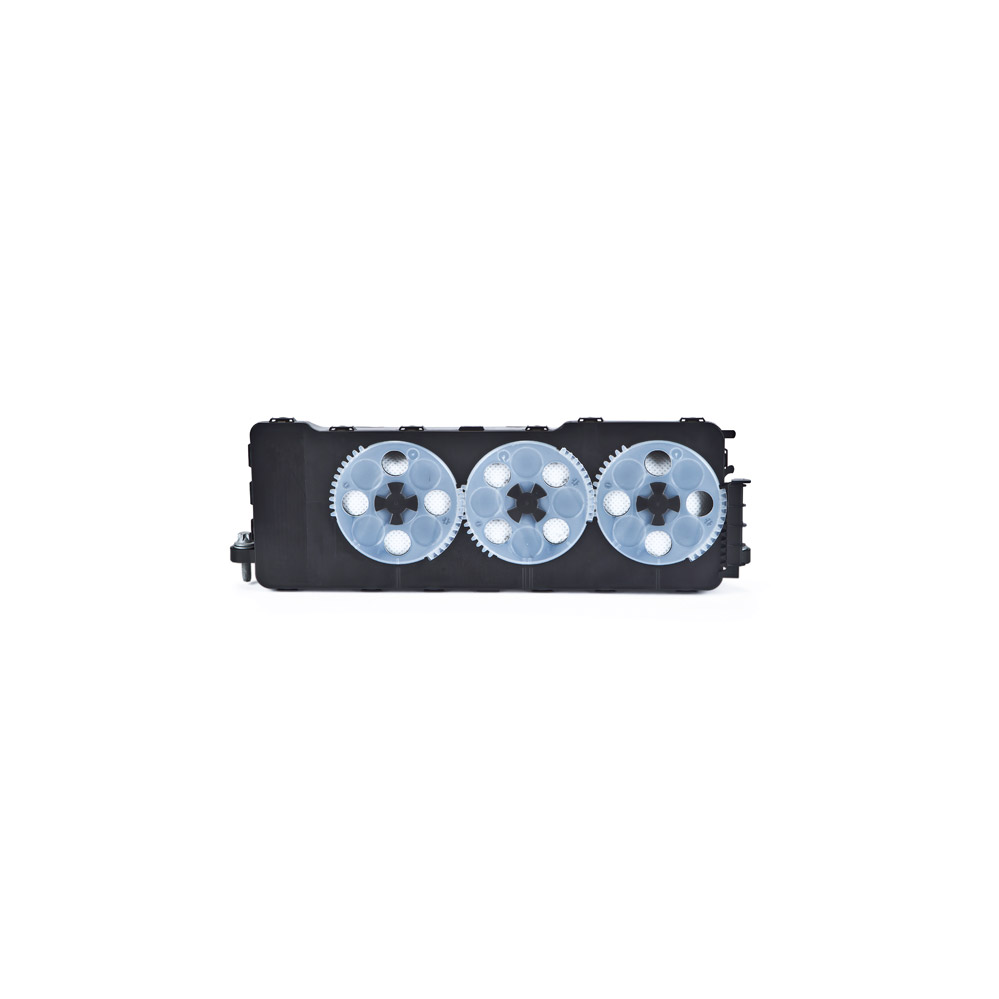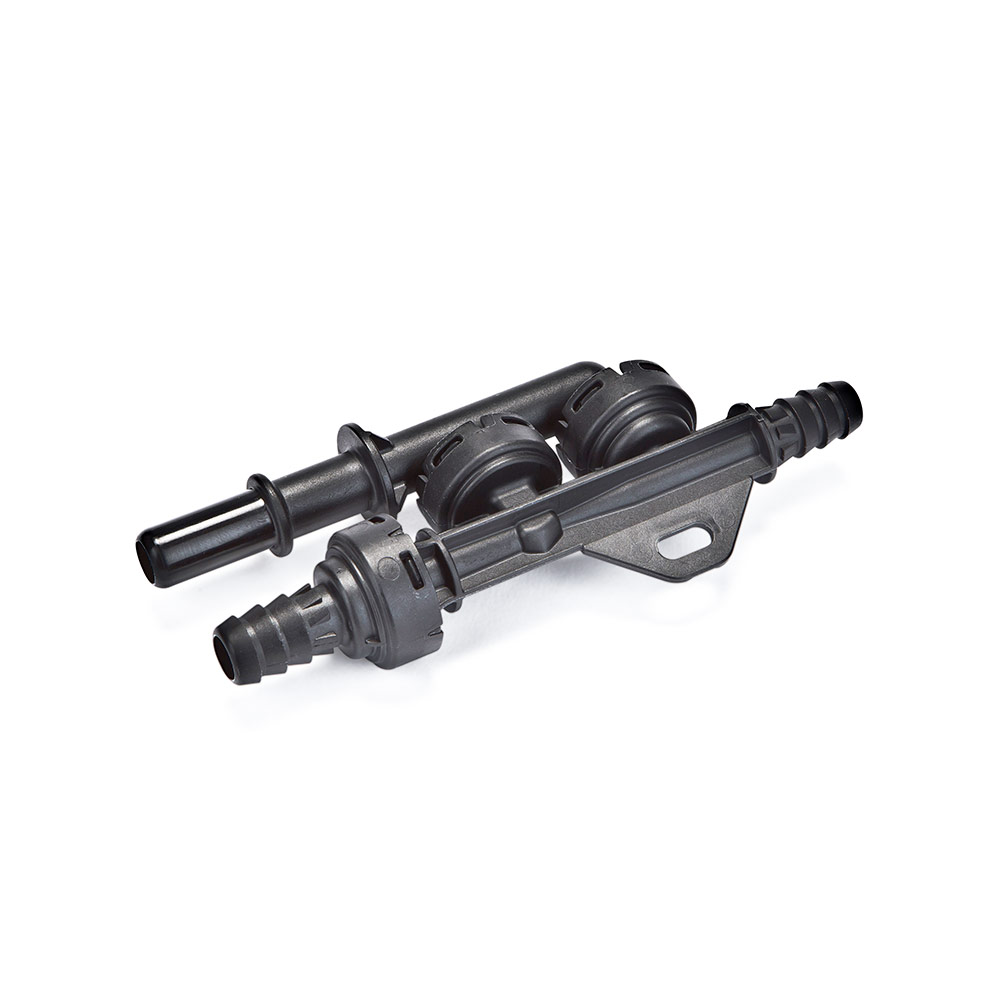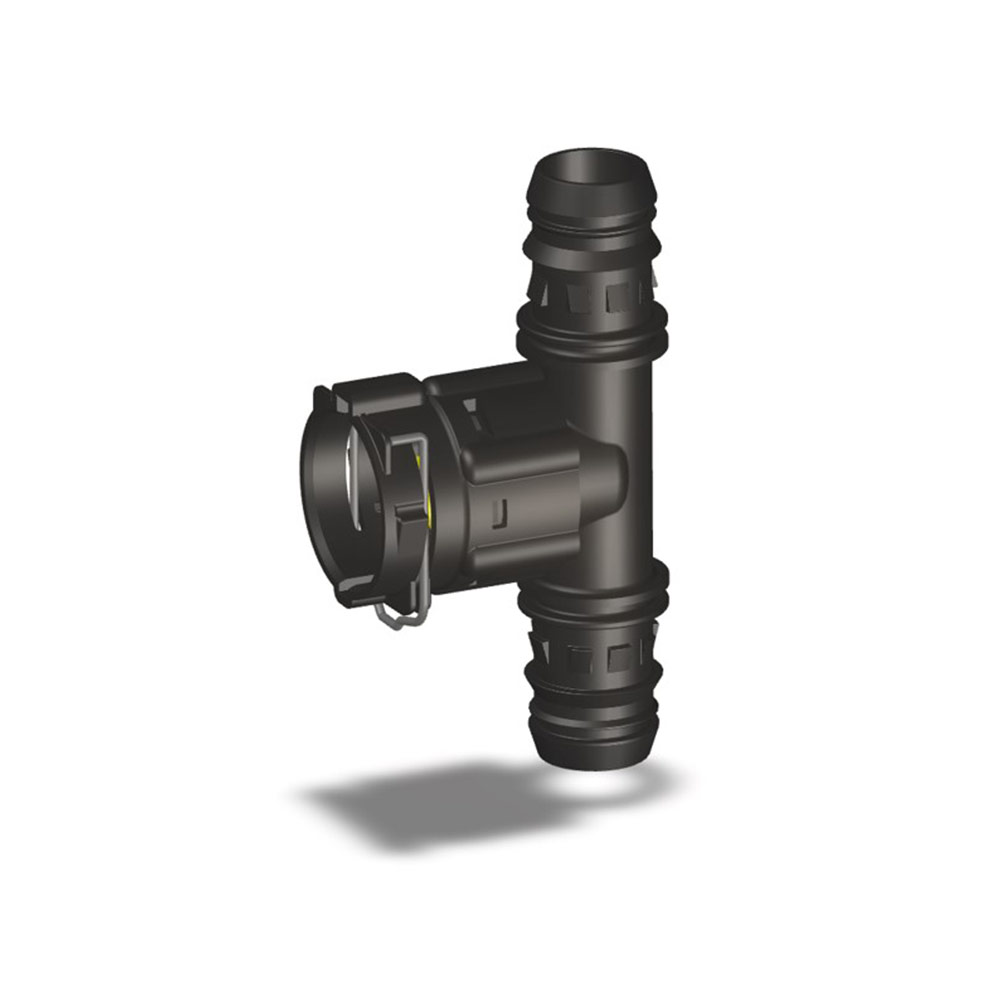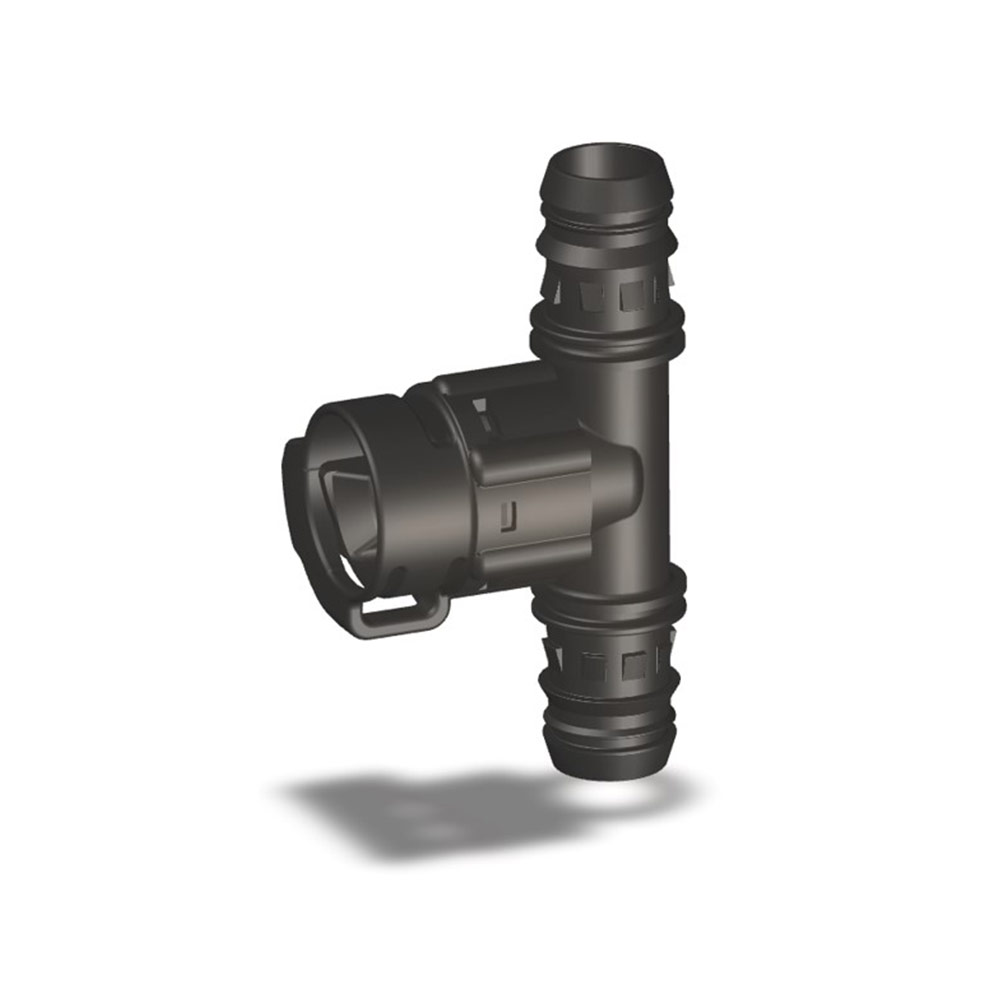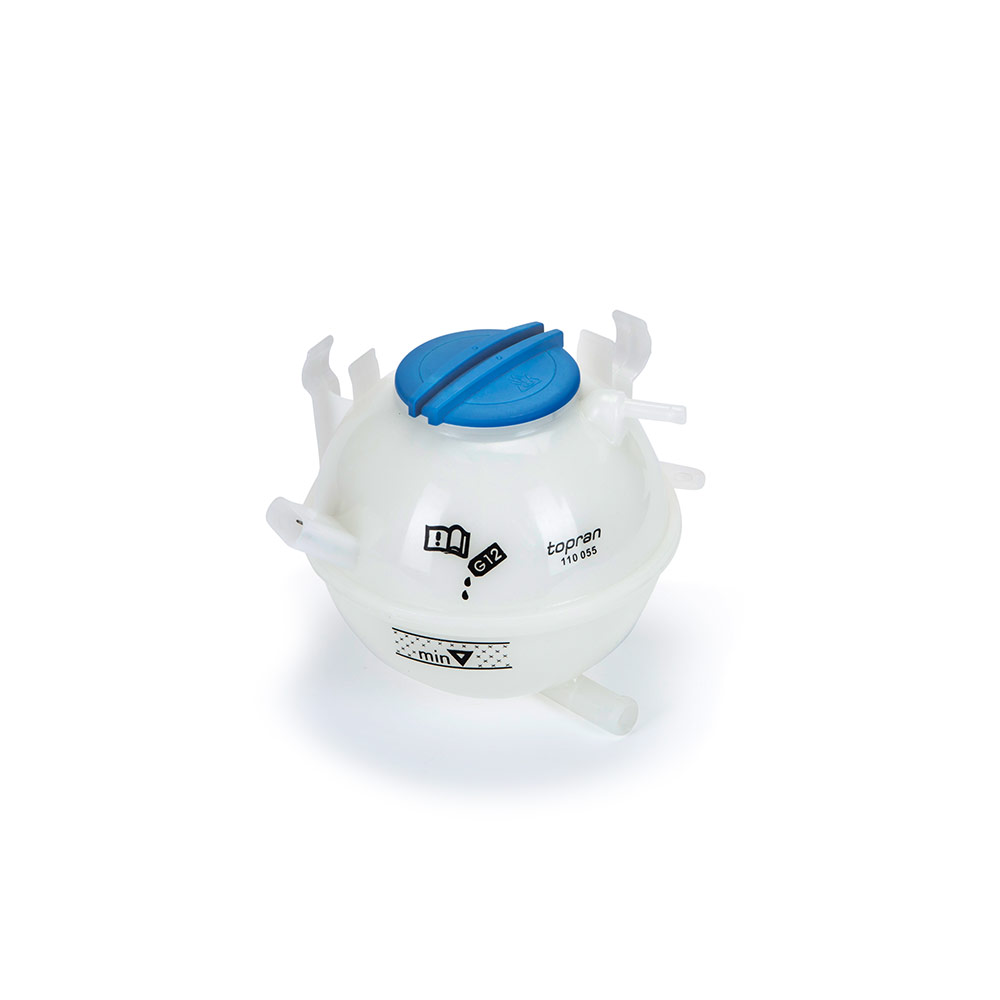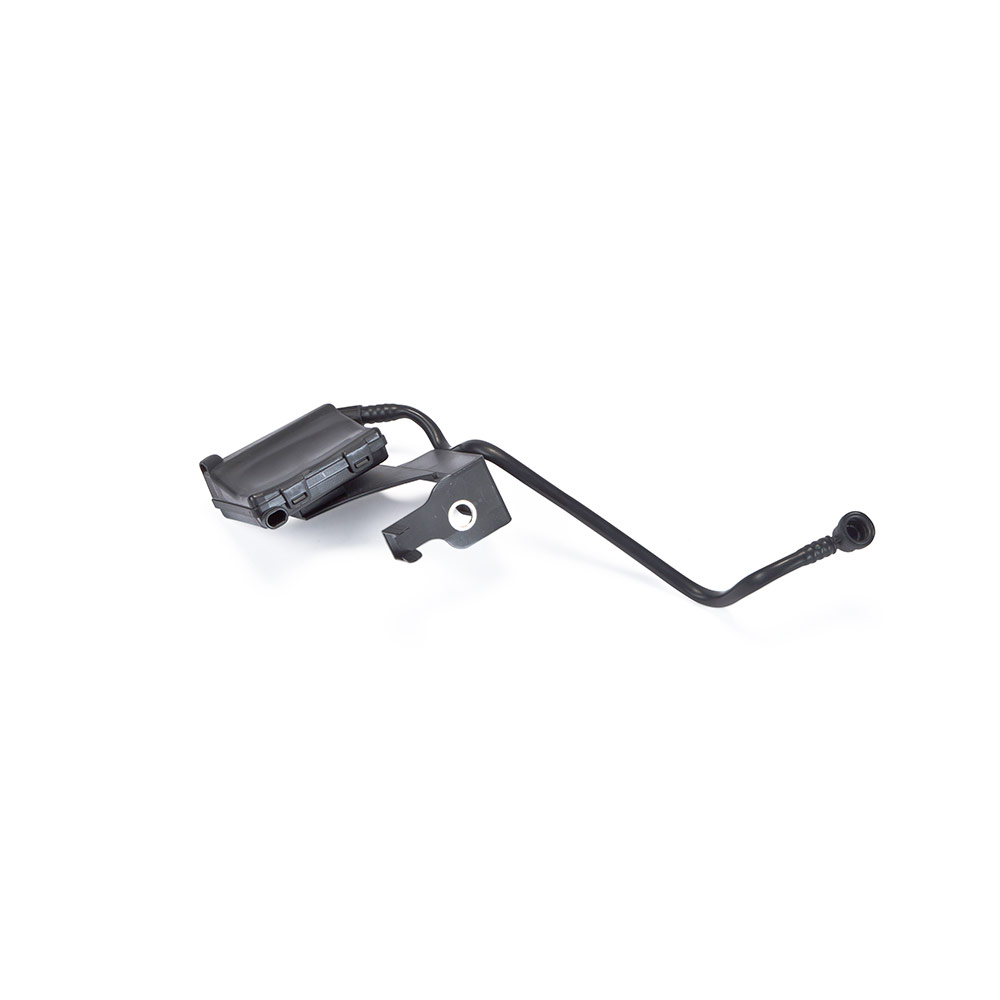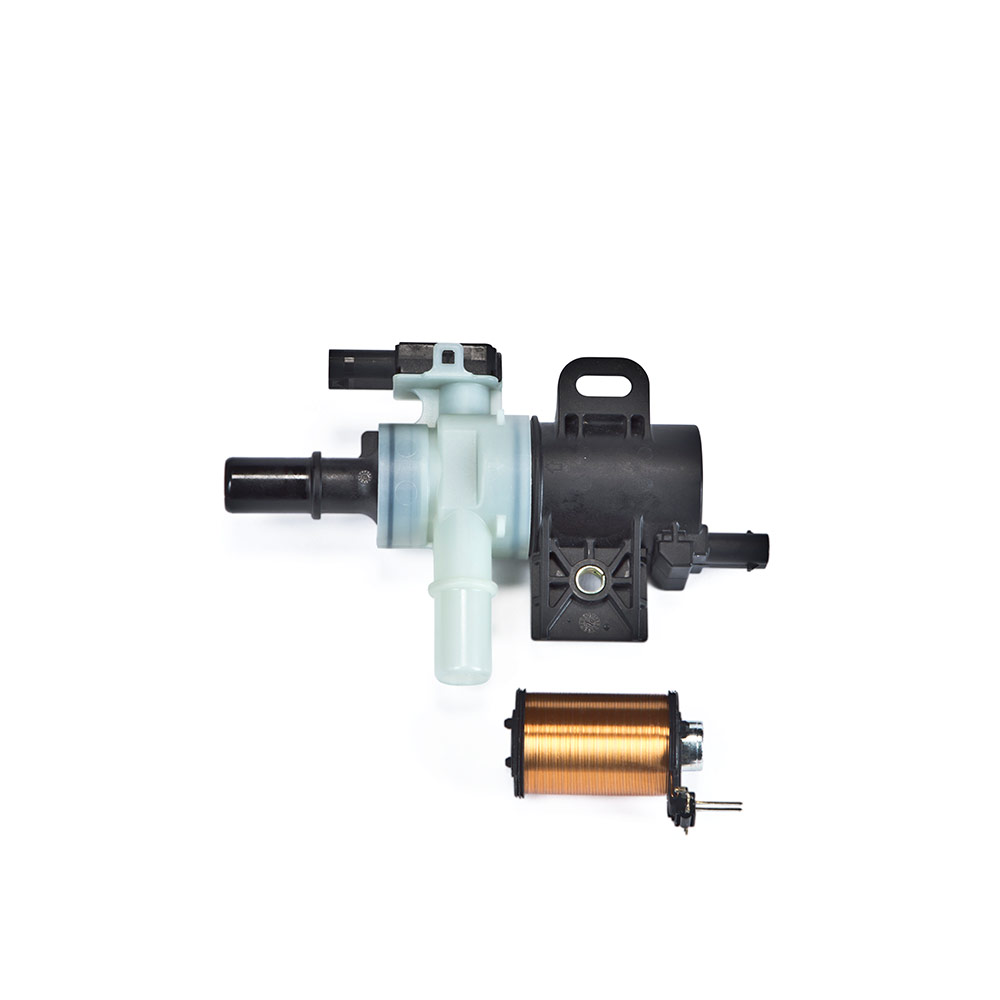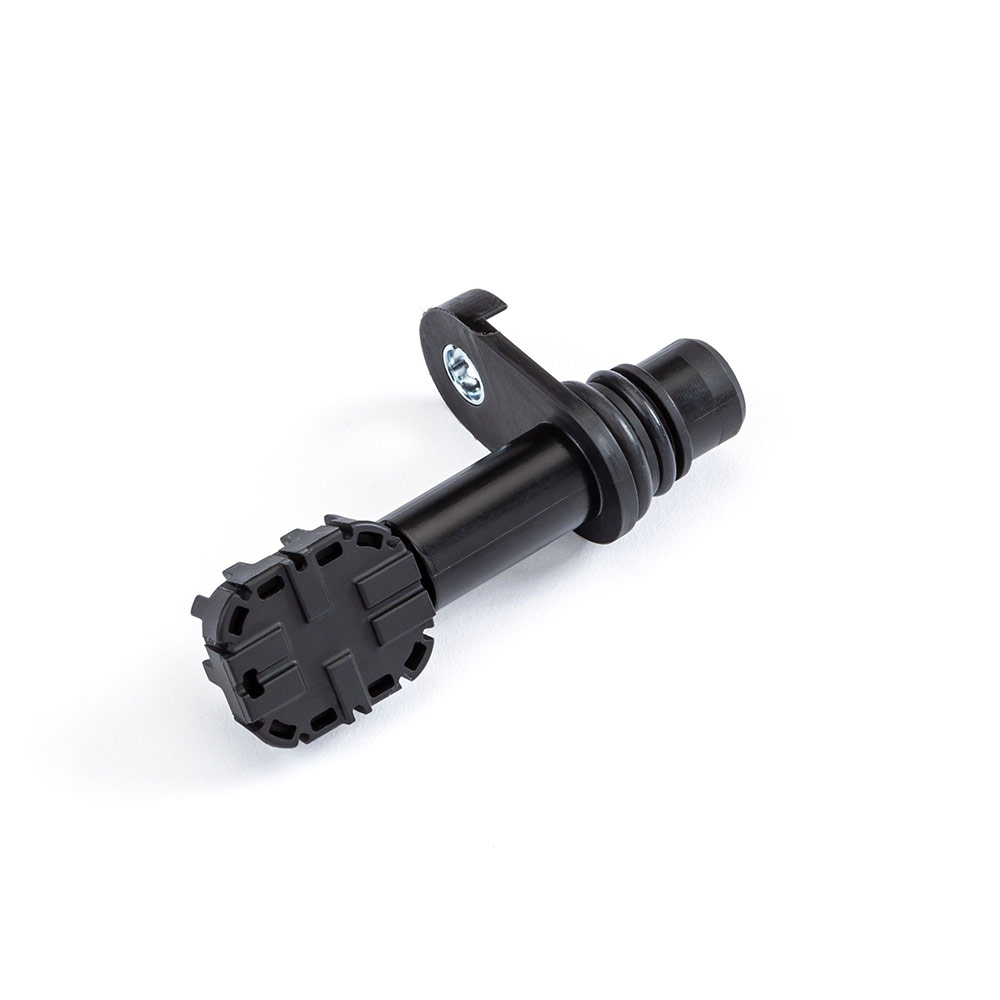New Energy Vehicles
New energy vehicles have been on the move for a long time, and Kayser with them.
Kayser offers you a broad portfolio that is used in emission-free or low-emission vehicles.
Whether hybrid, electric or hydrogen vehicles, we are out there with our products!
We have system solutions for electric vehicles, hybrid vehicles and fuel cell vehicles.
Applications range from battery venting, battery drying and thermal management solutions for battery cycles, and fuel tank isolation valve (FTIV) for PHEVs to ion exchangers, particle filters, propulsive jet pumps, complete piping systems and much more in fuel cell propulsion.
Our current, proven components are also present in new energy vehicles: Interior air ducts, coolant reservoirs, transmission vent lines, and much more. With our core competencies, we are at home in almost every vehicle.
Hybrid / battery drive
Fuel tank isolation valve (FTIV)
The FTIV closes the tank when a hybrid vehicle is driven purely electrically to reduce emissions. It controls the tank pressure and regulates the adjustment of the pressure relief of the fuel tank, which is necessary directly before refuelling plug-in hybrid vehicles.
Coolant lines
Optimum battery temperature control in electric and hybrid vehicles is necessary for long ranges and long battery life. We simulate the flows in the system and thus ensure the optimum distribution of the coolant.
We can use our own concepts or develop them specifically for you according to your specifications.
Coolant control valve
Depending on the vehicle’s operating status, the valve distributes the required coolant flow to each zone independently. The valve is controlled by the vehicle.
Connectors for thermal management
Kayser® TQC is based on a modular design consisting of a basic coupling and a corresponding SAE or VDA attachment.
The connection between the attachment and the coupling is based on the Kayser® MQC (Multi Quick Connector) patented by A.KAYSER AUTOMOTIVE SYSTEMS, which has been used successfully by many OEMs for years.
Battery dryer for e-vehicles
The battery dryer absorbs the moisture inside the battery system to prevent water condensation on cool surfaces.
Battery vents and bursting elements
Contamination in the enclosure must be avoided to protect the battery system. Water and dust must stay outside, but pressure equalization must be guaranteed.
Every manufacturer uses different solutions; we develop pure venting elements, bursting pressure elements or a combination solution specifically according to your requirements.
Transmission lines
The high-quality, multi-stage automatic transmissions of e-vehicles require perfectly matched line systems for transmission ventilation. Well-known manufacturers rely on us as long-standing specialists for line systems on their platforms for electric vehicles.
Fuel cell
High storage pressures of up to 350 bar are not the only challenge for fuel cell vehicles. Thermal and media management requires a high level of expertise as does the protection of the fuel cell stacks against impurities and harmful gases in the air flow.
KAYSER has several products in its portfolio to meet these requirements:
Particulate filter
The particle filter filters the smallest particles (180 µm) to ensure coolant flow even through filigree channels in the fuel cell.
Ion exchanger
The ion exchanger reduces the conductivity to delay the ageing of the fuel cell.
In coordination with Asian suppliers, where high volumes are expected in the next five years, we are already working on further solutions.
Propulsion jet pumps
An efficient and maintenance-free jet pump is used to recirculate the excess hydrogen on the anode side. With more than 40 years of experience with jet pumps, KAYSER can design them according to the specific requirements of the customer’s system.
Expansion tank
The KYS coolant expansion tanks are suitable for use with all engine variants. Whether fuel cell, electric vehicle or conventional drive, we custom-design the coolant expansion tank to your wishes. We have a modular system that does not restricts your installation space.
Coolant control valve
Depending on the vehicle’s operating status, the valve distributes the required coolant flow to each zone independently. The valve is controlled by the vehicle.

